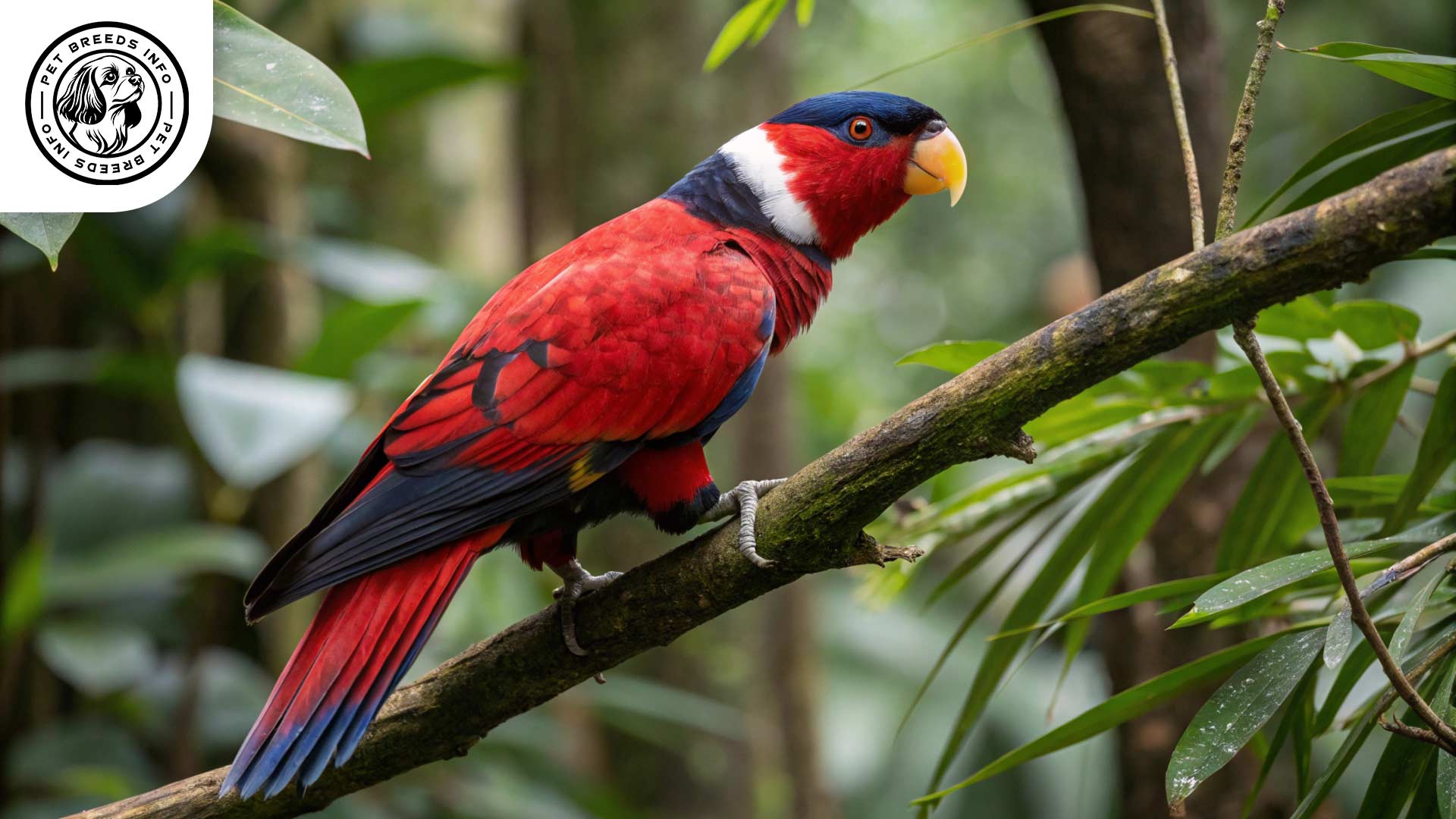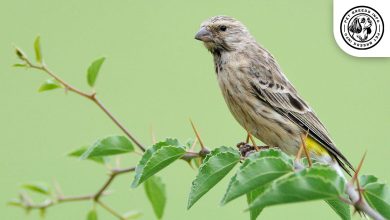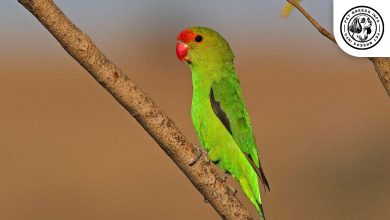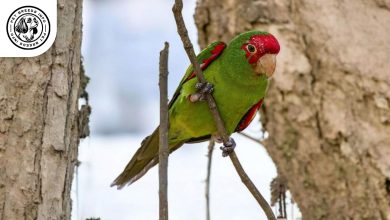White-naped Lory Bird: Personality, Lifespan, Food & Care
General Introduction of the Breed
The White-naped Lory (Lorius albidinucha) is a strikingly colorful parrot species belonging to the family Psittaculidae. It is native to the Bismarck Archipelago in Papua New Guinea, where it thrives in tropical forests. This species is renowned for its vibrant plumage and playful personality. Although not as widely kept as other parrots, it has gained popularity among bird enthusiasts for its intelligence and social nature.
Table of Contents
| Common Name | White-naped Lory |
| Scientific Name | Lorius albidinucha |
| Origin | Bismarck Archipelago, Papua New Guinea |
| Size | 26–28 cm (10–11 in); ~200–250 grams |
| Lifespan | 15–20 years |
| Egg Color | White |
| Clutch Size | 2–3 eggs |
| Temperament | Playful, energetic, affectionate |
| Cold-Hardy | No – sensitive to cold and drafts |
Physical Characteristics
The White-naped Lory is a medium-sized parrot, typically measuring around 26–28 cm (10–11 inches) in length and weighing approximately 200–250 grams.
Its plumage is dominated by bright red, with contrasting black and white markings on the nape, giving it its name. The wings display rich blue and green tones, adding to its striking appearance.
The bird’s eyes are dark and expressive, usually brown or dark red in mature individuals, surrounded by a patch of bare skin.
The beak is strong and curved, with an orange hue that contrasts beautifully with its bright plumage.
The tail is slightly rounded and shorter compared to other parrot species, aiding in maneuverability during flight.

Personality and Temperament
The White-naped Lory is an intelligent and highly active bird, known for its inquisitive nature and playful behavior. It enjoys learning tricks and can be trained to mimic sounds and words.
This bird has high energy levels and requires regular stimulation in the form of toys, interaction, and opportunities for exercise.
It forms strong bonds with its owners and seeks regular companionship. When left alone for long periods, it may become stressed or engage in destructive behaviors.
The species is generally social and enjoys interacting with humans and other birds. However, early socialization is crucial to prevent aggressive tendencies.
Due to its playful and curious nature, it enjoys climbing, exploring, and engaging in problem-solving activities.
Read More: White Crested Duck
Care and Maintenance Requirements
These lories require ample space for flying and playing. A large, well-equipped cage with plenty of perches and toys is essential.
They are not well-suited for small apartments unless provided with enough out-of-cage time to exercise.
Unlike many parrots, lories have a specialized diet that requires additional care. Their diet consists of nectar, fruits, and specially formulated lory food.
Regular cleaning of their cage is necessary as they can be messy eaters, often spilling food and water during feeding.
They require daily social interaction and mental enrichment to stay happy and healthy.
Diet and Nutrition
The White-naped Lory primarily feeds on nectar and soft fruits in the wild. For pet owners, a balanced diet includes specially formulated lory nectar, fresh fruits, and vegetables.
Avoid feeding them seeds and pellets designed for other parrots, as their digestive systems are specialized for liquid-based diets.
Fruits such as apples, grapes, bananas, mangoes, and berries are great choices, but citrus fruits should be fed in moderation.
Foods like chocolate, caffeine, avocado, and processed human foods should be strictly avoided.
They should be fed small portions multiple times a day, as they thrive on frequent feeding.
Read More: Yellow Canary Bird
Health and Common Medical Issues
White-naped Lories are generally hardy birds but are prone to certain health issues, including bacterial and fungal infections, mainly due to their moist diet.
They may develop digestive problems if fed an improper diet, so maintaining a clean and hygienic feeding environment is essential.
Feather plucking or self-mutilation may occur if the bird is bored or stressed due to a lack of stimulation.
The average lifespan of a White-naped Lory is around 15–20 years with proper care.
Regular veterinary check-ups, vaccinations (if available), and parasite control contribute to maintaining overall health.
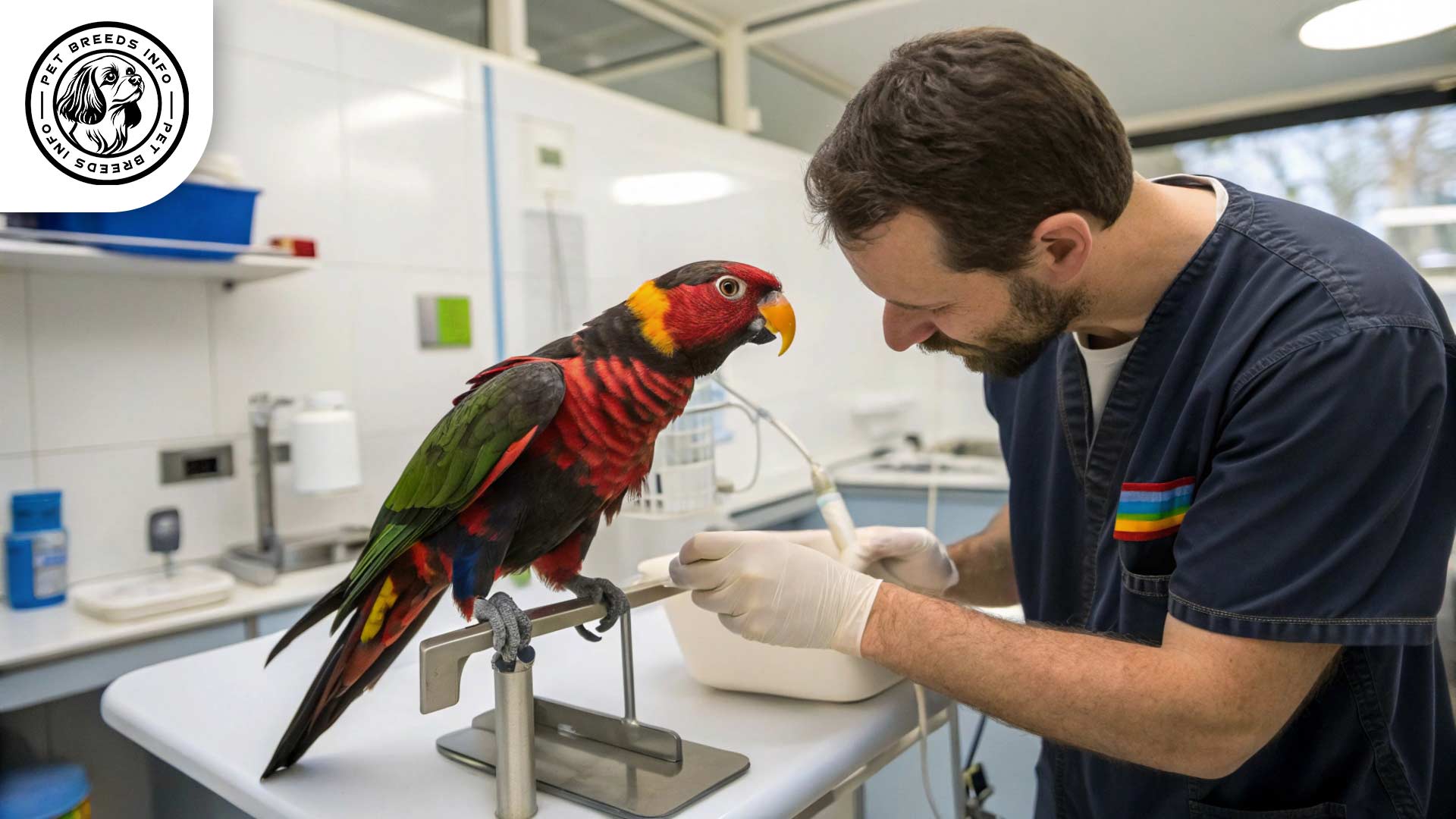
Training and Behavior Management
White-naped Lories are intelligent birds that respond well to positive reinforcement training techniques.
They enjoy learning tricks and can be trained to perform actions like waving, retrieving objects, and mimicking sounds.
Early exposure to various sounds, people, and experiences can help in socializing and reducing any aggressive tendencies.
Consistency and patience are key when training, as lories can sometimes be stubborn.
Providing plenty of interactive toys and engaging play sessions can help prevent destructive behavior caused by boredom.
Interaction with Other Animals and Humans
White-naped Lories are generally affectionate and enjoy human interaction. They can form strong bonds with their owners and thrive on attention.
They are friendly with children but should always be handled gently to ensure safety on both sides.
When socialized properly, they can coexist with other birds, although territorial disputes may arise, especially with smaller bird species.
This breed is best suited for owners who have time to interact and care for their high-energy lifestyle.
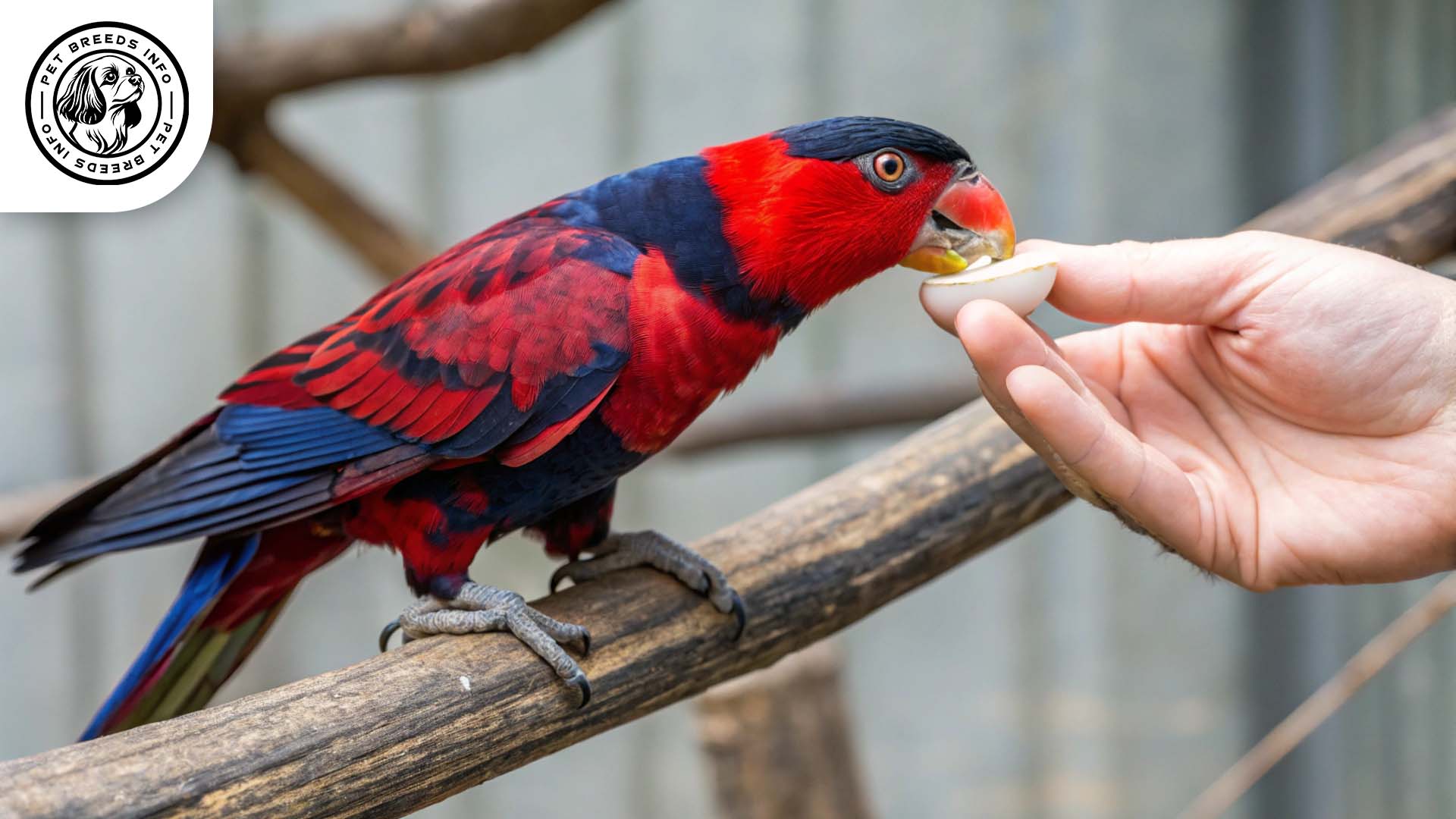
Price and Availability
The price of a White-naped Lory can range from $500 to $1,500, depending on factors such as age, breeder reputation, and location.
Potential owners should seek reputable breeders or adoption centers to ensure they get a healthy and ethically raised bird.
When purchasing a lory, ensure it has bright feathers, clear eyes, and active behavior, as these are signs of good health.
Adoption is a viable option for those who wish to provide a home for a rescued or rehomed bird.
Read More: Wyandotte Chicken
Conclusion and Final Thoughts
The White-naped Lory is a colorful and energetic pet bird that requires dedicated care and attention. It is best suited for experienced bird owners or those willing to invest time in understanding its unique needs.
Providing the right diet, adequate space, and consistent social interaction will ensure a long, happy life for these birds.
Potential owners should consider their ability to meet the bird’s high activity needs and specialized dietary requirements before making a decision.
For those who can commit to its care, the White-naped Lory is a rewarding and entertaining companion.
FAQ
How big does a White-naped Lory get?
It reaches about 10–11 inches in length and weighs around 200–250 grams.
What makes the White-naped Lory different from other parrots?
Its vivid red, black, and blue plumage, along with a liquid-based nectar diet, sets it apart.
Can it be kept in a small apartment?
Only if given plenty of out-of-cage time—this bird needs space and activity.
What do White-naped Lories eat?
Specialized nectar-based diets and fruits—no seeds or pellets meant for other parrots.
Are they good with children or other birds?
Yes, with proper socialization and supervision, but they can become territorial.
